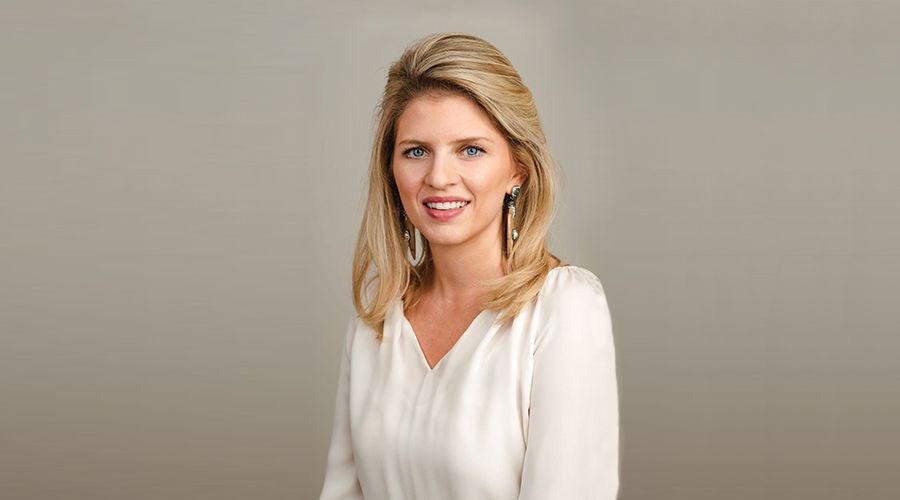In conversation with Sara Sawaf of AYA Animations

Sara Sawaf studied finance and marketing while at university, but her career path took her along a more humanitarian route. Prior to founding AYA Animation in 2015, Sawaf worked with The Jasmine Project which employs more than 100 families in Syria, training them in various handiwork.
Having studied the Quran for more than a decade, Sawaf looked to translate the values of the text into animations aimed at children. Since the inception of AYA Animations Sawaf has raised $500,000 in seed capital, allowing the company to invest in research and development and create the pilot episode. In the coming year, AYA Animations will be looking to raise further investment to spend on developing an interactive app, marketing and distribution.
We spoke to Sawaf about her entrepreneurial journey.
Why did you become an entrepreneur?
It was not that I wanted to become an entrepreneur per se. What I was more interested in was filling a gap I felt was critical to a child's development. When I realised there was no engaging moral education material out there, I took it upon myself to bring it to the market. So, in 2015 I set out to create values-based content kids could both enjoy and learn from.
How did the idea for AYA animation come about?
I had no background in animation. I took Quran literature lessons for 10 years. When I became a mum, I wanted my children to watch something that was educational yet entertaining during their screen time and I was surprised to see that there wasn’t enough such content available for children. This motivated me to venture into animation and create something for my children as well as other children so that they could learn universal values like patience, perseverance and equality.
When did you realise that this could be a viable business?
We previewed the [pilot] episode with parents, children in schools and focus groups in different countries. I received lot of testimonials from parents and teachers who stressed that this needs to be part of our curriculum, so that’s what we worked towards. I took it to the international audience in Malaysia, London and the reception was very good.
What were your main challenges in the beginning?
I would probably say that the biggest challenge for a business in this industry is surviving the initial development stage without generating revenue.
I had the idea and I was extremely excited about it but worried at the same time about who’s going to be in my team? How is it going to work? But I have to say things just happened and worked out.
What are the main lessons you have learned?
Patience! Producing animations is not easy, it takes time and meticulous attention to detail. I’m so grateful for my super talented team who is working hard to deliver the series to the standard we set out for ourselves.
When it came to building this team, I learned not to feel limited by my geography, community or those around me. I stepped out of my comfort zone to travel and meet people I felt I could work with and trust. I couldn’t be happier to be where we are today with a global team including producers, animators, scriptwriters, voice-over actors and more.
What will your industry look like in the next decade?
Today, parents are becoming more conscious of what content their children are consuming. While some decide to limit screen time, many want to ensure that time spent on-screen is beneficial for their child. As parents increasingly monitor what their kids watch, the demand for enriching content that educates children while keeping them entertained grows accordingly. The edutainment industry will surely see more and more players entering the space delivering apps, movies, books and TV shows for younger audiences.


